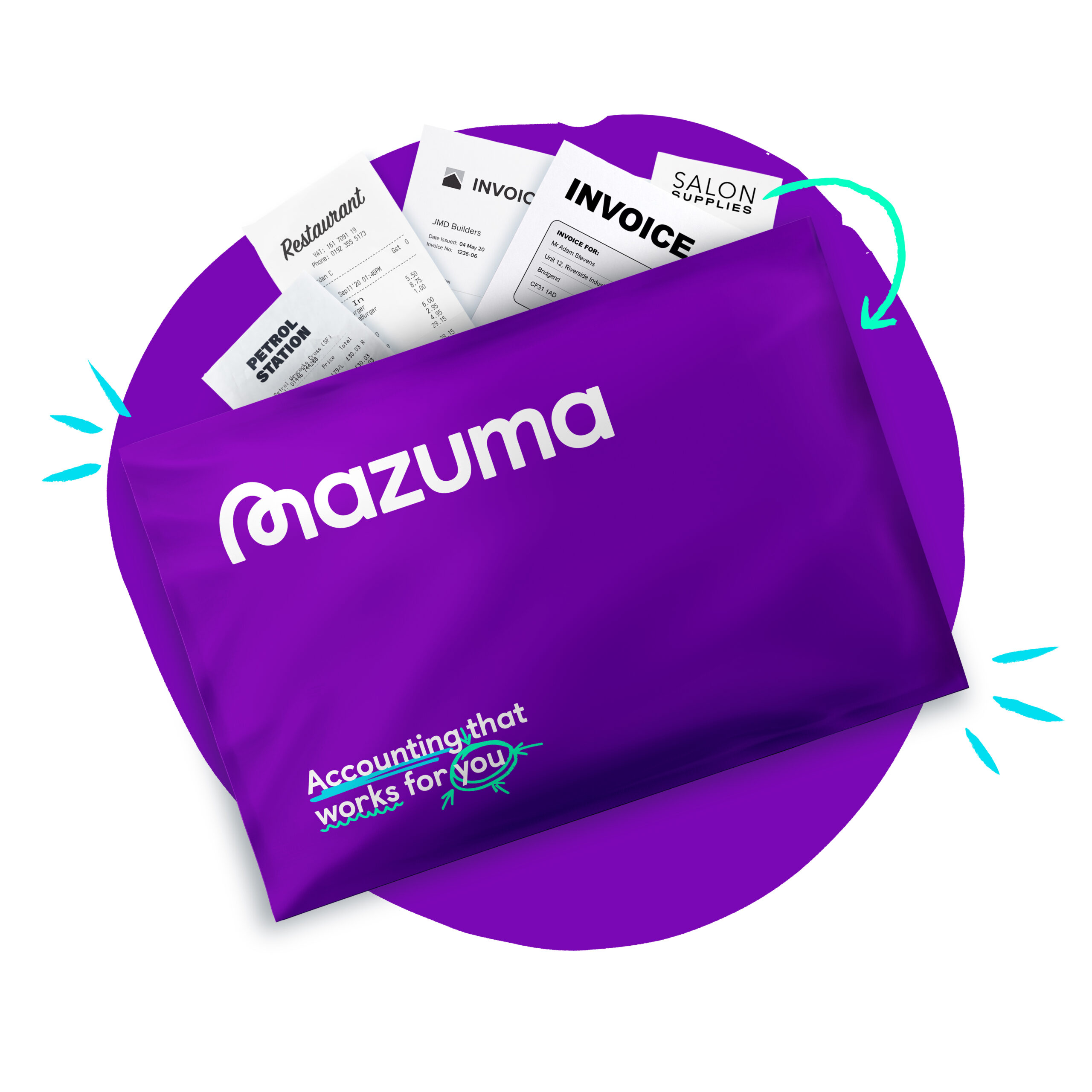What is a balance sheet?

If you run a Limited company, you’ll probably be familiar with a balance sheet. The balance sheet is the filing requirement of small companies that file with Companies House – sometimes called filleted accounts or micro company accounts.
But a balance sheet is actually quite a complex accounting report and can be confusing to understand. So we thought we’d explain it to you here!
Getting to grips with the balance sheet
A balance sheet is a financial statement that presents a company’s financial position at a specific point in time. It provides a snapshot of a company’s assets, liabilities, and equity, and helps investors and creditors understand the company’s financial health.
A balance sheet is divided into two main sections: assets and liabilities. Assets are the resources that a company owns and that are expected to provide future economic benefits. Liabilities are the obligations that a company owes to its creditors or other parties. Equity represents the residual interest in the assets of a company after liabilities have been paid.
Assets are typically divided into two categories: current assets and non-current assets. Current assets are those that are expected to be converted into cash or used up within one year or less. Examples of current assets include cash, accounts receivable, and inventory. Non-current assets are those that are expected to provide economic benefits beyond one year. Examples of non-current assets include property, plant, and equipment, and intangible assets such as patents and trademarks.
Liabilities are also divided into two categories: current liabilities and non-current liabilities. Current liabilities are obligations that are due within one year or less. Examples of current liabilities include accounts payable, short-term loans, and taxes payable. Non-current liabilities are obligations that are due beyond one year. Examples of non-current liabilities include long-term debt and pension obligations.
Equity represents the ownership interest in a company. It includes the value of a company’s capital stock and retained earnings, which are the profits that the company has earned but has not yet distributed to shareholders as dividends.
The balance sheet equation is a simple but powerful concept that states that a company’s assets are equal to its liabilities plus equity. This equation is expressed as:
Assets = Liabilities + Equity
The balance sheet equation is a fundamental principle of accounting that helps ensure that a company’s financial statements are in balance. It also helps investors and creditors understand the relationships between a company’s assets, liabilities, and equity.
One important aspect of the balance sheet is that it presents a company’s financial position at a specific point in time. This means that it is a snapshot of the company’s financial situation at a particular moment, and it does not reflect any changes that may have occurred since that time. For this reason, it is important to compare balance sheets from different periods to get a sense of how a company’s financial position has changed over time.
Overall, the balance sheet is an important tool for understanding a company’s financial position and assessing its financial health. It provides information about a company’s assets, liabilities, and equity, and helps investors and creditors make informed decisions about the company.


